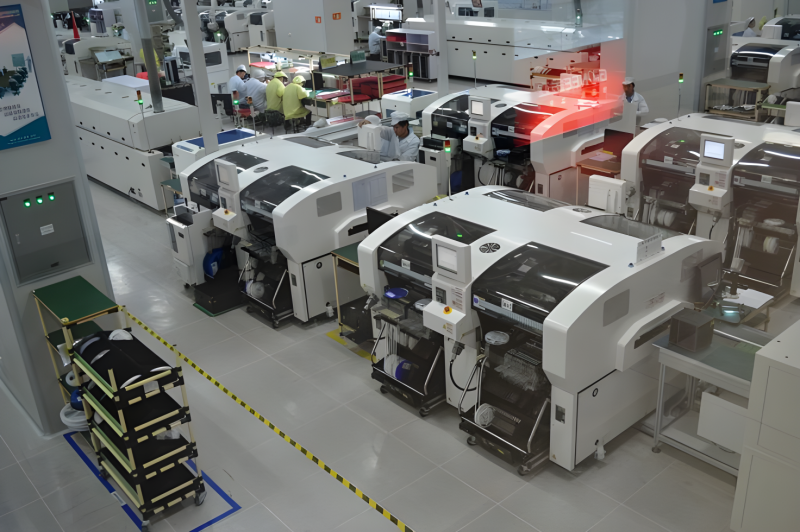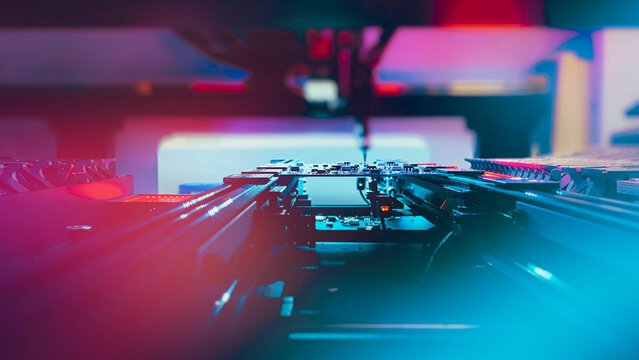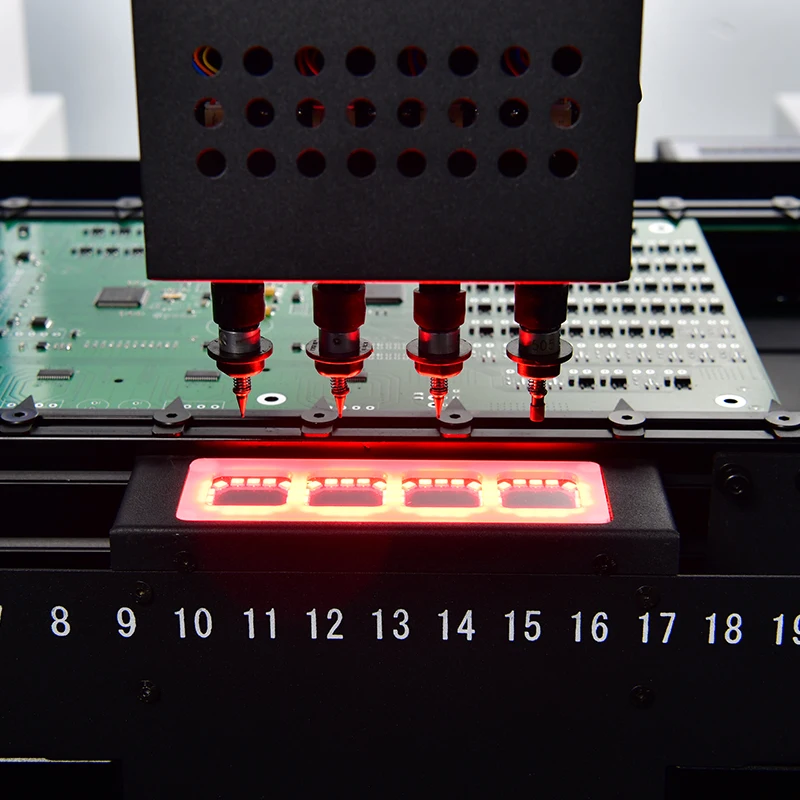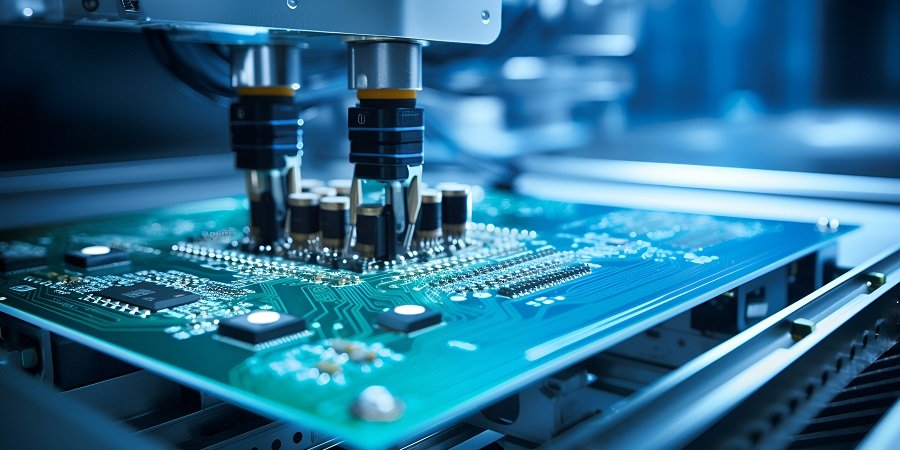
In the world of electronics manufacturing, terms like SMD (Surface-Mounted Device) and SMT (Surface-Mount Technology) are frequently used. While they are closely related, they refer to different aspects of the electronic assembly process. Understanding the distinction between these two is crucial for anyone involved in the design, manufacturing, or repair of electronic devices. In this article, we will explain what SMD and SMT are, their differences, and how they are used in the production of modern electronic devices.
What is SMD? (Surface-Mounted Device)
An SMD (Surface-Mounted Device) is a type of electronic component that is designed to be mounted directly onto the surface of a PCB (Printed Circuit Board). Unlike traditional components that have leads or pins which go through holes in the board (through-hole components), SMDs are designed with small, flat leads or pads that sit on the surface of the PCB. This allows for a more compact design and faster, automated assembly processes.
Key Characteristics of SMDs:
Small Size: SMDs are typically smaller and more compact than through-hole components. This miniaturization is crucial for producing devices with higher functionality in smaller form factors.
Flat Leads: SMDs feature flat leads that allow them to be soldered directly to the surface of the PCB, unlike traditional components that require drilling holes through the board.
Wide Variety of Components: SMDs include resistors, capacitors, diodes, transistors, integrated circuits (ICs), and other components that are commonly found in electronic devices.
Examples of SMDs:
Resistors (e.g., 0805, 0603 packages)
Capacitors (e.g., MLCC – Multilayer Ceramic Capacitors)
Integrated Circuits (ICs)
LEDs (Light Emitting Diodes)
What is SMT? (Surface-Mount Technology)
SMT (Surface-Mount Technology) refers to the method or process used to assemble electronic components, particularly SMDs, onto a PCB. SMT is a technology that enables the placement of SMDs onto the surface of the PCB through automated equipment, which precisely places the components, solders them, and ensures that the entire assembly is completed efficiently and with high accuracy.
Key Characteristics of SMT:
Automation: SMT is highly automated, involving machines that pick, place, and solder components onto the PCB. This automation increases production speed and precision, reducing the possibility of human error.
High Efficiency: SMT enables high-volume manufacturing with fewer manual steps, as compared to through-hole assembly. The automated process makes it possible to produce thousands of units in a short period.
Precision and Miniaturization: SMT allows for much smaller components to be used in assembly, resulting in compact, lightweight devices. The small size of the components also allows for more complex and higher-density PCBs.
No Need for Drilling: Unlike through-hole technology, SMT does not require holes to be drilled in the PCB, as components are mounted directly on the surface. This results in a simpler, more cost-effective production process.
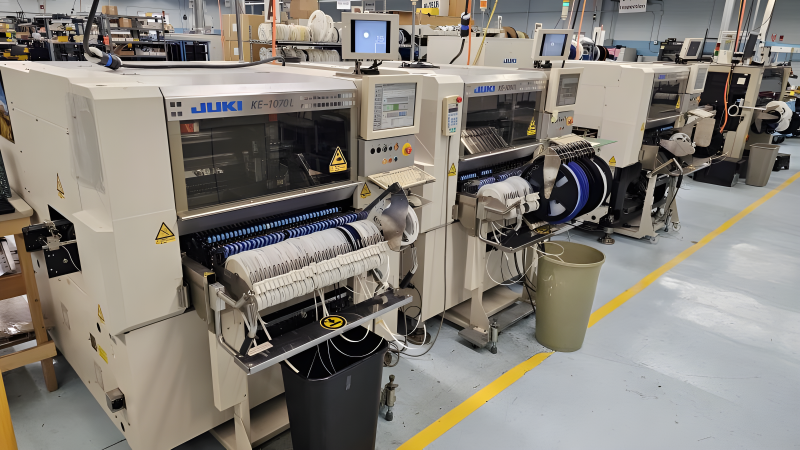
Examples of SMT Equipment:
Pick-and-Place Machines: These machines automatically pick SMDs from reels or trays and place them precisely onto the PCB.
Solder Paste Printers: These machines apply a precise amount of solder paste to the PCB before component placement.
Reflow Ovens: After the components are placed, the PCB goes through a reflow oven, where the solder paste melts and creates permanent connections.
The Key Differences Between SMD and SMT
Definition:
SMD (Surface-Mounted Device): Refers to the electronic components that are designed to be mounted on the surface of a PCB.
SMT (Surface-Mount Technology): Refers to the method or process used to mount SMDs onto the PCB.
Function:
SMD: These are the individual components that are used in electronic assemblies. They include resistors, capacitors, ICs, etc.
SMT: This is the technology that enables the assembly of SMDs onto a PCB using automated machines and processes.
Process Involvement:
SMD: Components are designed and fabricated to be small and have flat pads that can be mounted on the PCB surface.
SMT: Involves the automated processes such as solder paste printing, component placement, and reflow soldering to assemble SMDs onto the PCB.
Size and Complexity:
SMD: SMDs are typically smaller and more compact than traditional through-hole components, which makes them ideal for modern electronics.
SMT: The technology allows for high-density assembly, enabling the production of compact and complex electronic devices.
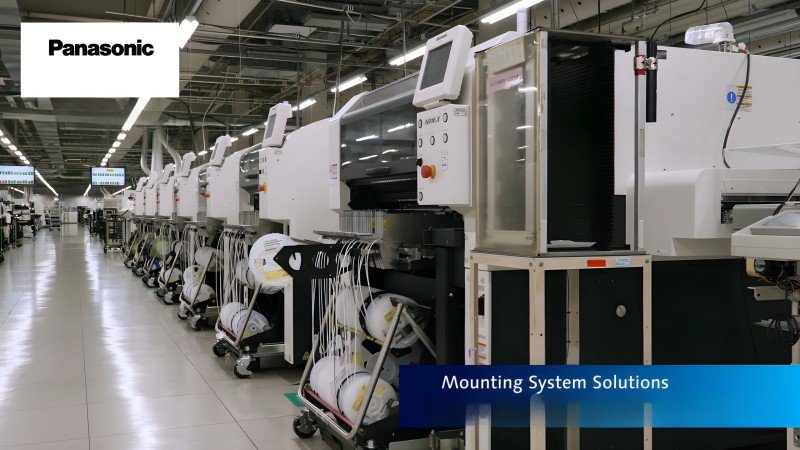
How SMD and SMT Work Together
In the manufacturing of modern electronics, SMDs and SMT work together to create compact, high-performance, and cost-efficient products. SMT is the process that automates the assembly of SMDs, which in turn allows for faster, more accurate, and higher-quality production.
SMDs are the components that are designed for surface-mounting.
SMT is the process that ensures these components are precisely placed and soldered onto the PCB.
Together, SMDs and SMT enable manufacturers to produce small, lightweight, and highly functional electronic devices with greater efficiency and reliability.
Benefits of SMD and SMT Technology
Miniaturization: SMT allows for the use of smaller, more compact components, which leads to the production of smaller and more portable electronic devices.
Higher Production Efficiency: SMT machines can handle high volumes of production with minimal manual labor, leading to faster manufacturing times and reduced costs.
Improved Performance: The small size of SMDs enables more efficient use of board space, allowing for higher component density and more advanced functionality in modern devices.
Cost Reduction: SMT technology reduces the need for drilling holes in PCBs and minimizes component handling, thus reducing material and labor costs.
Conclusion
In summary, while SMD refers to the components that are mounted directly onto the surface of a PCB, SMT is the process used to assemble these components. Together, SMD and SMT have revolutionized the electronics manufacturing industry, enabling the production of smaller, faster, and more efficient devices. Understanding the differences between the two terms is essential for anyone involved in electronic design, assembly, or manufacturing. By utilizing SMD and SMT technologies, manufacturers can achieve high-quality production with lower costs and faster time-to-market for their products.
